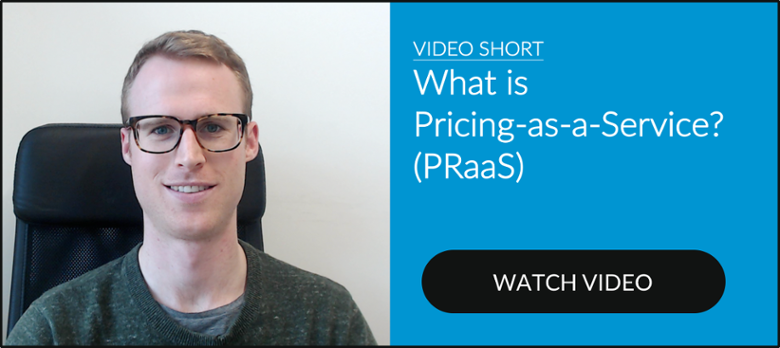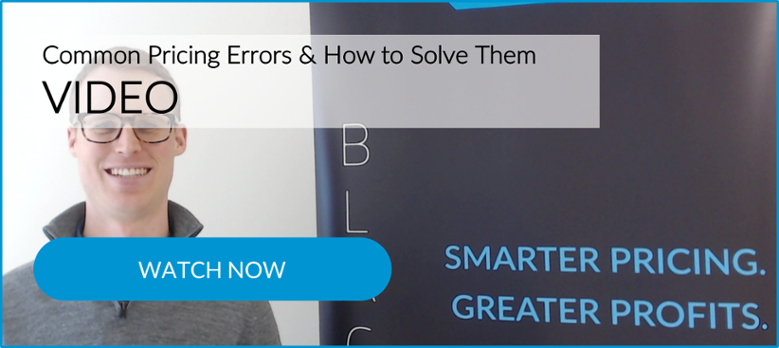You're the seller and naturally, you want to get the maximum amount possible for your products. The simplest way would be to just increase your prices and see what happens.
In reality, what may well happen is that you alienate your customers and there's the awful potential to lose them completely over time. An "across the board" price increase is never going to be popular with your customers but if you can explain how much value you provide (perceived or estimated) and just how much that value is worth, then there's a much better chance that your customers will accept the price and remain loyal.
Where it is successfully used, value-based pricing will improve your profitability due to higher prices without impacting greatly on sales volumes – and hopefully without antagonising your customers.
It can be used in many different industries to price everything from TVs and pharmaceutical drugs, to boilers and
An example of the latter is energy-efficient double glazing that pays for itself through lower energy bills. The task is to make a believable case so that is value far in excess of price.
Perhaps you haven't tried value-based pricing before so now might be the time to give it a go.
An example of how value-based pricing works
Brand A is about to launch a new 65-inch LED TV. It needs to calculate a price for what is currently the biggest screen size in the marketplace. The company’s closest competitor, Brand B, recently introduced a 60-inch TV for $799.
Both TVs have other features in common - both have built-in WiFi, the same level of definition, the same number of HDMI inputs etc.
To apply value-based pricing to Brand A the TV manufacturer will need to:
- Focus on a single segment (for B2B products, it can be a single customer). Brand A’s focus is on big-screen TV buyers only, not all TV buyers. Pricing teams can’t use value-based pricing unless they have a specific segment. If they have multiple segments, they must determine a suitable value-based price for each one.
- Compare with next best alternative. Value-based pricing only works when the target segment has a specific competitor’s product they can buy instead. This “next best alternative” for the target is the essential point of comparison for calculating the value-based price. For products that are truly new, without precedent, the value-based pricing methodology doesn't work well.
- Understand differentiated worth. The next task is to figure out which product features are unique, that is, differentiated, from the competitor’s offering. In this example, the only differentiating feature of Brand A is its larger screen size.
- Place a price on the differentiation. This is the last and arguably the most difficult, step in calculating a value-based price. In this example, it boils down to: “How much will big-screen TV shoppers pay for an extra 5 inches of screen size?” and then add that amount (say it's $150) to $799, Brand B’s price. The value-based price of Brand A’s TV will be $949.
If you think value-based pricing might be for you, here's what you should do:
- Set up a team that includes key personnel from sales, marketing, finance, production and anyone dealing directly with customers.
- Access a list of your top-selling, most profitable items (perhaps a top 20).
- Think like your customers. Get people from sales and production to make a list of the value features and value benefits of these items, from the perspective of your customers. Some examples of added value would be:
- Good credit terms
- Product guarantees
- Specific service guarantees
- Warranties
- Training on the product or service
- Installation by trained engineers
- Next-day Delivery
- Instant availability
- Technical Advice
- Exceptional customer service
- 24-hour call out
- Have a brainstorming session to try and find ways of adding extra value, e.g. how long will it take a building company to install a customer's heating system? They could send along just one plumber who will finish the job in 5 days or send 3 plumbers to work on the job and able to complete the installation in a shorter time and with less disruption. The latter will incur a higher price.
- Once this information has been compiled, your sales and marketing people will need to amend brochures and web pages to incorporate all the value that you provide for customers.
- Train your
salesforce to present this value to existing customers and potential customers alike. Existing customers will need to be introduced to your premium offering.
- Instigate a programme to start rolling out to customers, explaining the "whys and wherefores" of existing values and the new premium offering.
- Monitor the profits coming in from your top 20 items – and move on to the next 20 items.
Value-based pricing is the way forward
Value-based pricing is the way forward because it allows you to charge more for your products or services without alienating your current customers or potential customers.
Yes, knowing your costs is essential but you need to avoid an over-simplified price structure based purely on your costs. You need to ensure that you are offering value to your customers and in a way that they can clearly understand.
Never be afraid to state the value you are giving (either verbally or in writing) because this is more or less the only way you are going to get customers to accept a higher price.
You need to ensure that your customers have a clear understanding of what value you are offering – and if YOU don't tell them how will they know the true value of what you are trying to sell?
Related Posts
Forget Cost-Plus Pricing - Sell Value Instead
Sources
https://hbr.org/2016/08/a-quick-guide-to-value-based-pricing
smallbusiness.chron.com/value-based-pricing-strategy-2727.htmlCached
Pricing for Profit: How to Develop a Powerful Pricing Strategy for Your Business by Peter Hill 2013
Priceless: The Hidden Psychology of Value by William Poundstone, 2011
No B.S. Price Strategy by Dan S. Kennedy and Jason Marrs, 2011



